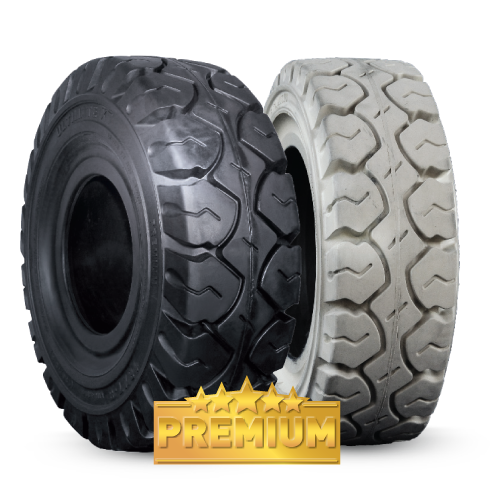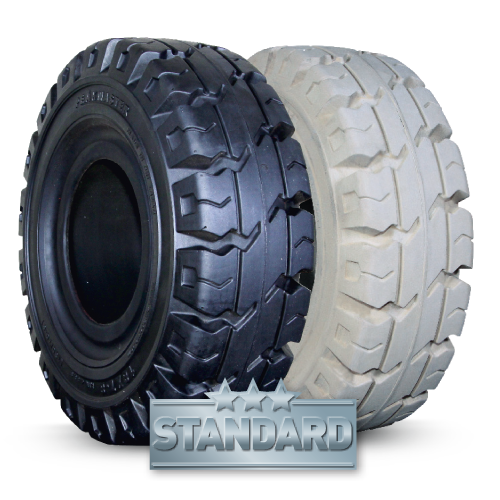GRI – One manufacturer – Three brands – Many advantages
Global Rubber Industries (GRI) is one of the leading manufacturers of solid rubber industrial tyres and is headquartered in Sri Lanka. Since 2002 GRI has been supplying tyres both as original equipment and to the replacement market in more than 50 countries worldwide. The tyres from Global Rubber Industries are produced from high-quality mixtures of natural rubber. Sri Lanka is the biggest producer worldwide of solid rubber tyres, with a market share of around 60%. In the plant in Sri Lanka tyres are produced for the world market using modern production procedures in compliance with the most stringent quality requirements.
GRI has been certified to ISO 9001:2008.

Successfully tested
The tyres have proven their worth in a wide variety of usage situations: the paper industry, the construction materials trade, logistics for beverages and automotive suppliers. Technicians from Global Rubber Industries are regularly on site to monitor the performance of the product in actual practice. The aim is the continuous further development of the products for the European market.









